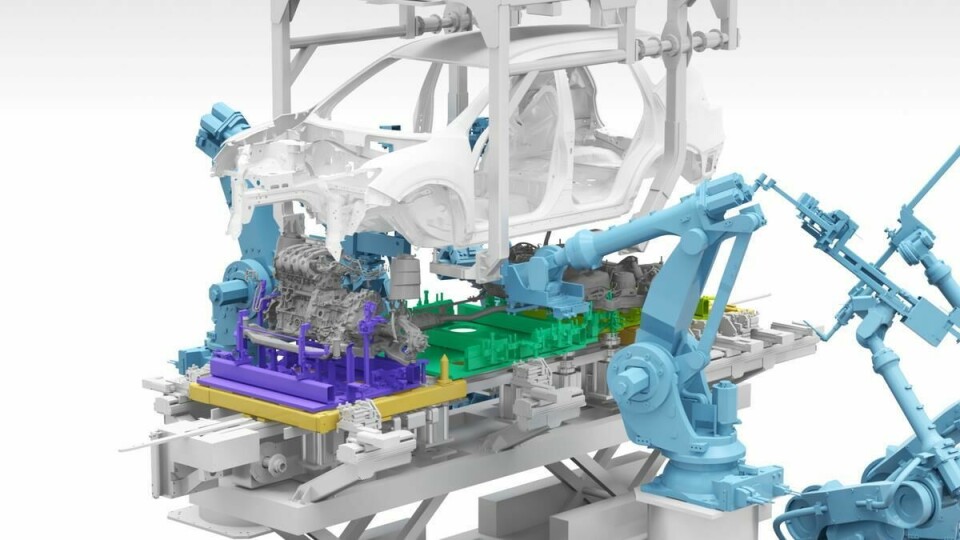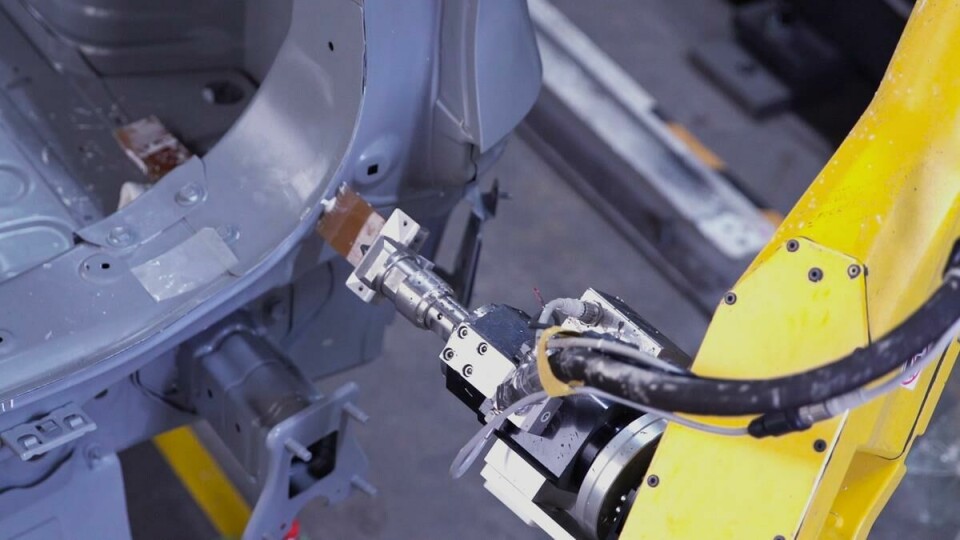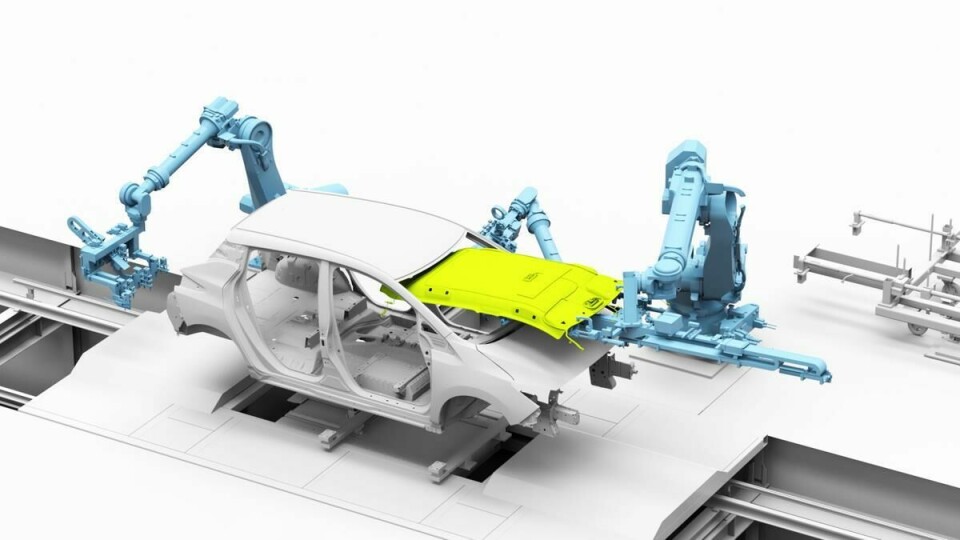Nissan lines up its next-gen factory technology
In preparation for its next generation of electrified, intelligent and connected vehicles, Nissan is introducing a programme of major advancements in its production operations
OEMs are facing an unprecedented evolution in the capabilities of their vehicles but this progression relies on a similar boom in innovation inside the manufacturing plants. Late last year, Nissan’s vice president for manufacturing Hideyuki Sakamoto said that the job he and his colleagues faced was to make the ”evolution a reality” by rethinking how the OEM builds cars.
“This will mean shifting the efforts of our expert technicians from techniques they’ve already mastered to new, unexplored areas,” Sakamoto said. Consequently, Nissan’s Tochigi Plant in Japan is now undergoing a raft of innovations, thanks to an initial investment of about 33bn yen, launching technologies that will then be rolled out across its global production network.

Announcing the Tochigi investment, the company statement invoked its production heritage: ”Since 1933, Nissan has honed its ability to mass-produce vehicles to the highest possible standards. Over the same period, the company’s takumi master technicians have perfected a range of complex or delicate processes requiring a high degree of craftsmanship.”
In contrast with the hark back to Nissan’s origins, the latest investment is focused squarely on a ”rethinking of conventional carmaking”. The aim of the innovations is to tackle the real-world structural and technical challenges of manufacturing the next generation of vehicles as the industry rolls into a fast-changing, electrified, connected era.
Powertrain mounting
A key assembly innovation for Nissan is its “universal powertrain mounting system” – an automated pallet operation that sets the entire powertrain at once. The task of mounting powertrains is a lengthy and strenuous process for assembly workers, installing multiple components in a set sequence.
Nissan’s new system, developed in house, can measure the recipient vehicle’s dimensions in real time at the line with the pallet making micro-adjustments accordingly as it offers up the powertrain. This adjustment feature makes the new system adaptable enough to manage three variants of powertrain (internal combustion engine, Nissan’s e-Power hybrid or the electric motor ) in up to 27 different powertrain module combinations.
Robotic craftsmen
Sealant application is a task usually carried out by trained technicians who have the necessary eye and touch for applying paste along the body seams vulnerable to water intrusion. The complexity and irregularity of the task has, up to now, made it difficult to replicate and automate. However, Nissan engineers have been able to digitise parts of this arcane process.
By analysing the precise movements and gestures of the experts in the smoothing and finishing strokes, the pressure applied at each stage has been calculated. Converting this information to programming instructions required further refinements through trial and error. Nissan’s robots can now apply and finish sealant quickly and precisely along even the most complex of seams.

Headline news
A further example of an awkward, hard-to-automate task in is the installation of a headliner to the vehicle interior. The custom has long been for workers to enter the cabin to perform the task, with all its physical demands and ergonomic challenges. Performing this task with next generation vehicles will only bring more difficulties with the addition of further connected features and inlayed devices in the headliners.
Using robots to insert the headliner would be a significant breakthrough and Nissan says it has arrived at a solution. Its system offers up the headliner through the front of the vehicle and can also fasten it. Sensors read changes in pressure and deploy a proprietary logic system to determine whether the snap clips are securely in place.

Paint booth benefits
As all OEMs work to reduce the environmental impact of manufacturing operations, improvements in energy-hungry paint processes are especially welcome. Nissan is looking to address the problems around optimum temperatures in paint processes, namely the contrast in how best to paint BIW and plastic addenda components, currently processed separately.
Developing a water-based paint that maintains the correct viscosity at low temperatures, Nissan aims to paint bodies and bumpers together, reducing carbon dioxide emissions from the process by 25%. Given the changing material mix of next generation vehicles, the single stage paint solution could quickly prove its worth, saving OEMs time, energy and cost.


